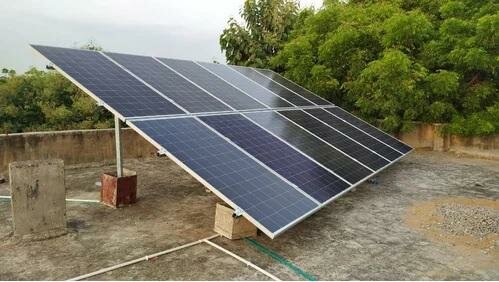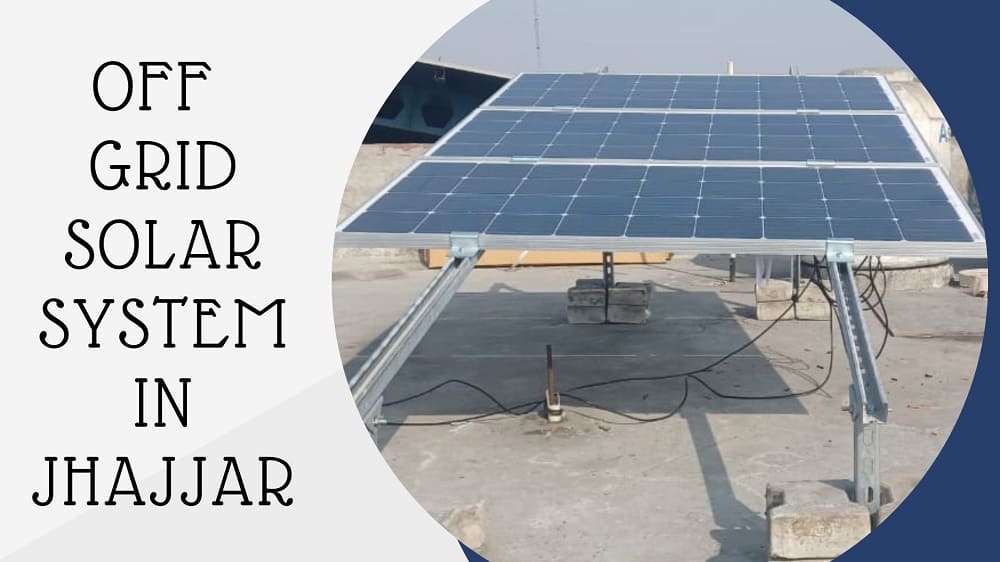Thinking about a home battery but not sure where to begin? Here’s a reader-friendly roadmap that helps you decide, design, install, and look after a system that fits your needs. Links are placed on useful keywords (not article titles) and contain no tracking parameters.
1) Decide whether storage is right for you
Before comparing brands, test your case for value. Start with standalone battery economics to see when grid-charging pays (time-of-use arbitrage, demand spikes, outage backup) and when pairing with solar usually wins over the long term.
2) Learn the building blocks
Good choices come from good basics. Get fluent in deep-cycle battery types and sizing—lead-acid variants vs. lithium-ion, depth of discharge, cycle life, temperature effects, and capacity planning. If you like seeing the pieces fit together, skim panel-to-battery wiring in three steps to visualize the minimal stack: module(s) → charge controller → battery, and the safe connection order.
3) Choose an architecture that fits your site
Topology is strategy. Use the AC vs DC coupling comparison to weigh retrofit-friendly flexibility (AC) against tighter, often more efficient integration (DC). For existing PV, AC can minimize disruption; for new builds chasing efficiency, DC can reduce conversions and simplify wiring.
4) Plan the project like a pro
Smooth installs are mostly logistics. Map your build with an installation checklist and cost drivers covering siting and clearances, permits and inspections, interconnection, labor vs. hardware costs, installer vetting, and what to expect on commissioning day.
5) Commission confidently and operate safely
Even if you hire the work, understanding sequencing helps you spot problems early. Revisit the panel-to-battery wiring in three steps guide to see why controllers connect to batteries first, how to initialize setpoints, and when to bring PV online—useful for labeling disconnects and writing a simple procedure for future service.
6) Protect performance for the long haul
Batteries lose life to heat, deep discharge, and neglect. Adopt a battery care checklist: keep state of charge in a healthy band, avoid chronic 0–100% swings, manage temperature, water and equalize flooded lead-acid when required, and prevent corrosion with periodic inspections and torque checks.
7) Watch the market to time your move
Scale drives learning curves and incentives. A global storage forecast to 2033 helps set expectations about manufacturing ramp, policy tailwinds, and how that might influence pricing and availability—useful context for deciding whether to install now for resilience or align with a planned upgrade cycle.
Bottom line
Validate the economics, master the fundamentals, pick the right architecture, plan the install carefully, commission with a clear procedure, maintain diligently, and keep an eye on market momentum. Follow this path and you’ll move from curiosity to a right-sized, reliable home battery system—without the guesswork.











